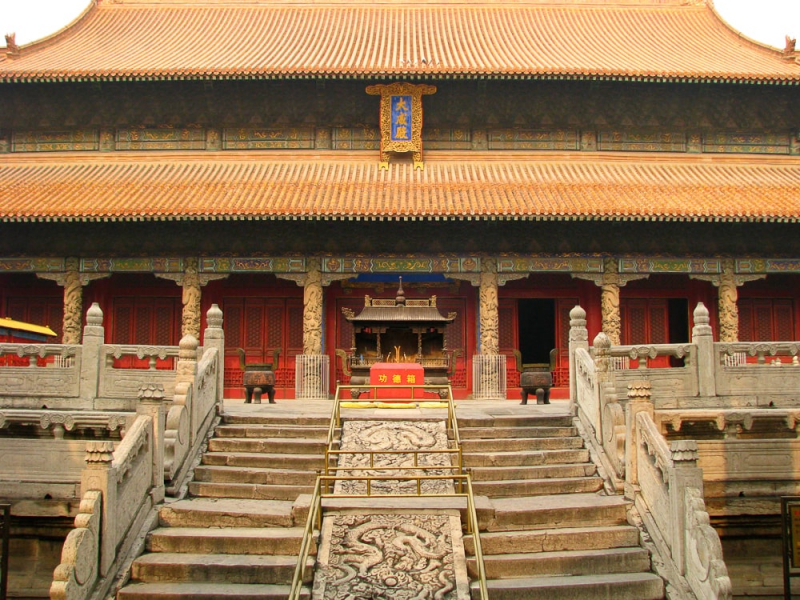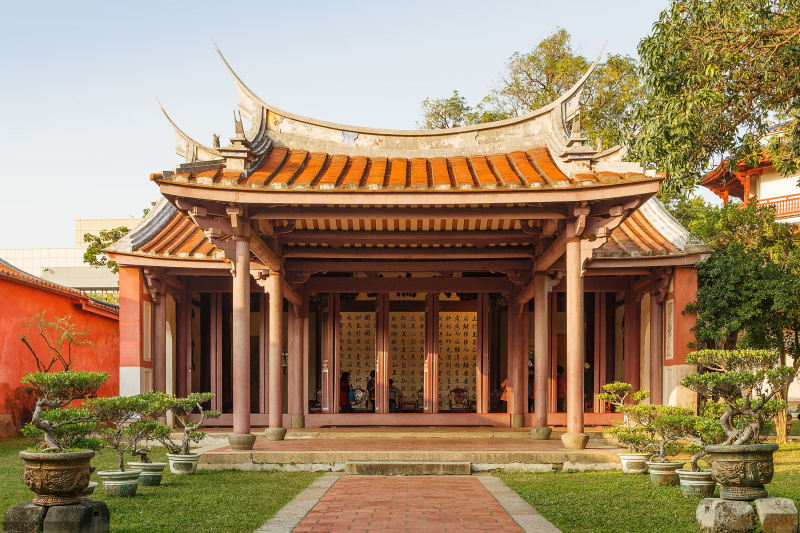Temple of Confucius

A Confucius temple or Confucian temple is a temple dedicated to the worship of Confucius and other Confucian sages and philosophers in Chinese folk religion and other East Asian religions. They used to be the location of imperial examination administration in China, Korea, Japan, and Vietnam, and they frequently contained schools and other learning institutions. A 72-meter-tall Confucius statue made of brass and strengthened with steel stands there. The massive statue may be seen in Qufu, Shandong province, where the ancient Chinese educator and philosopher was born.
The temple includes nine courtyards that are accessible via a number of gates. It is organized around a central axis, akin to Beijing's Forbidden City. The upper storey of the Star of Literature Pavilion, which was erected in 1098 and restored in 1191, includes a library. The Hall of Great Achievement (Dachengdian) is located farther within the temple and features four towers at the courtyard corners. The Apricot Pavilion is located in front of the Dachengdian (Xingtan). All of the pavilions and halls are built in the classic Chinese style, with red walls, yellow roofs, and sculpted white marble stones. Confucian temples do not normally show pictures; instead, they serve to respect the sage's teachings.
However, there are sculptures of Confucius at Qufu, which is still run by his descendants. Temples were gradually established in Korea, Vietnam, Indonesia, and Japan as Confucian thought expanded throughout East Asia. The original temple at Qufu impacted the design of similar structures.
Location: Qufu, Shandong, China













